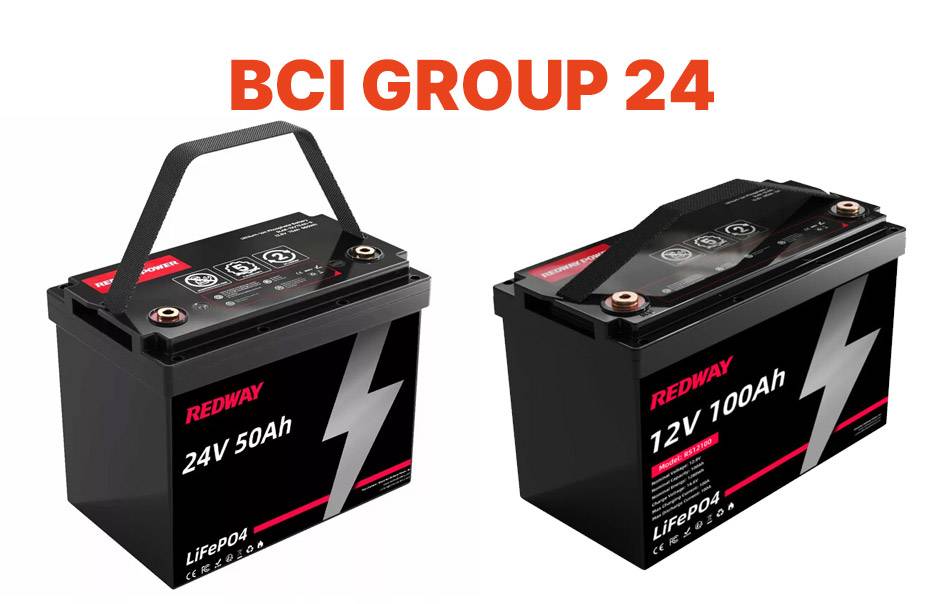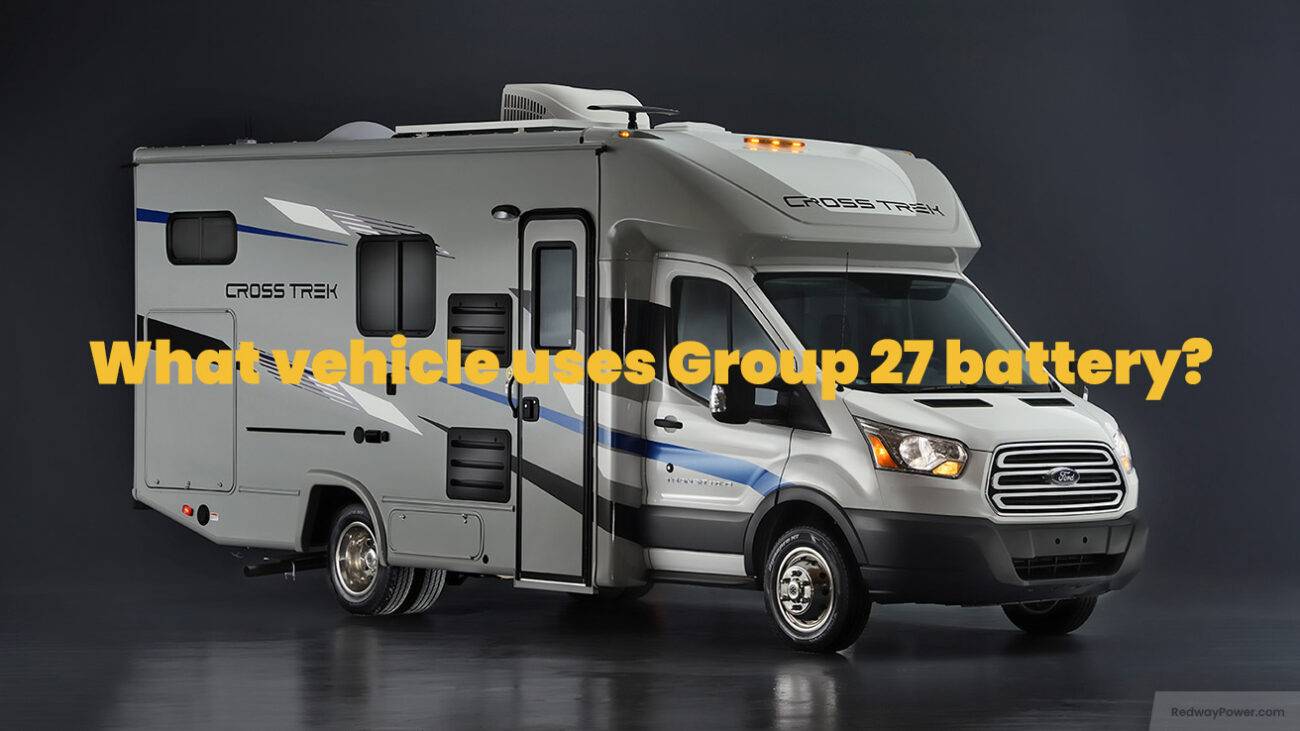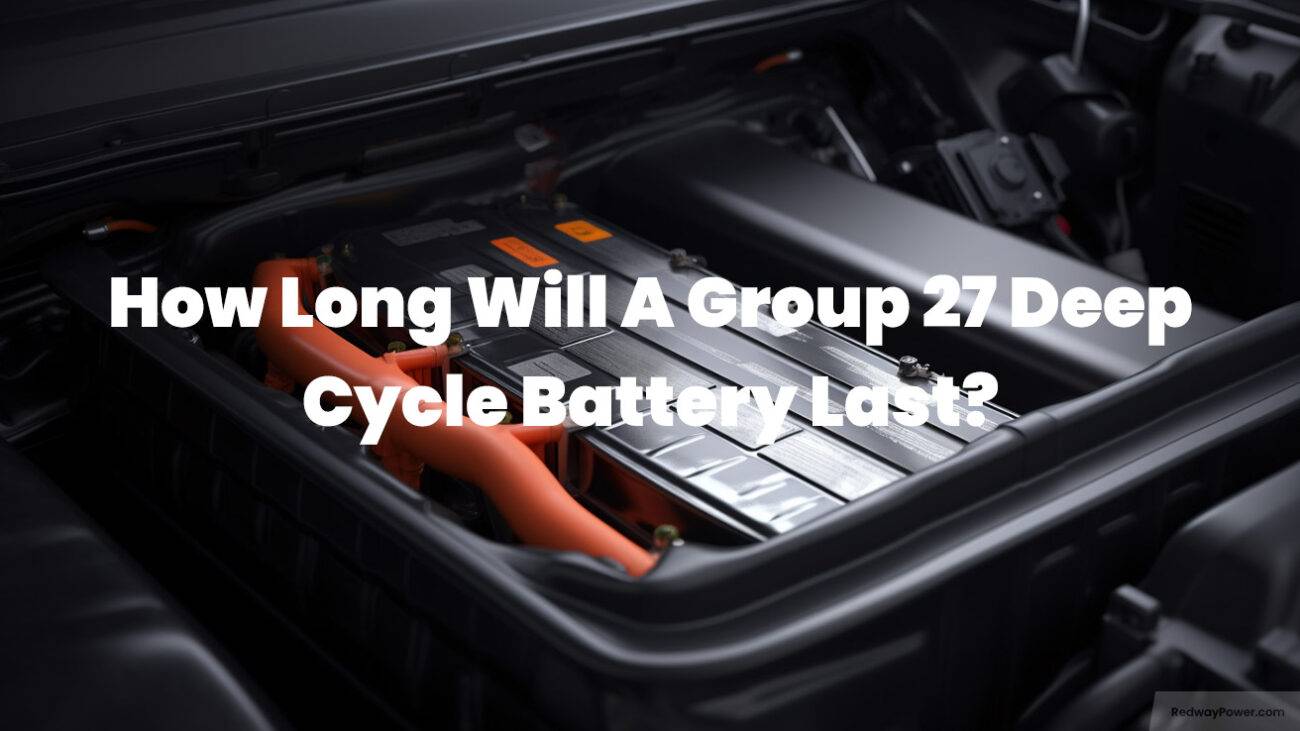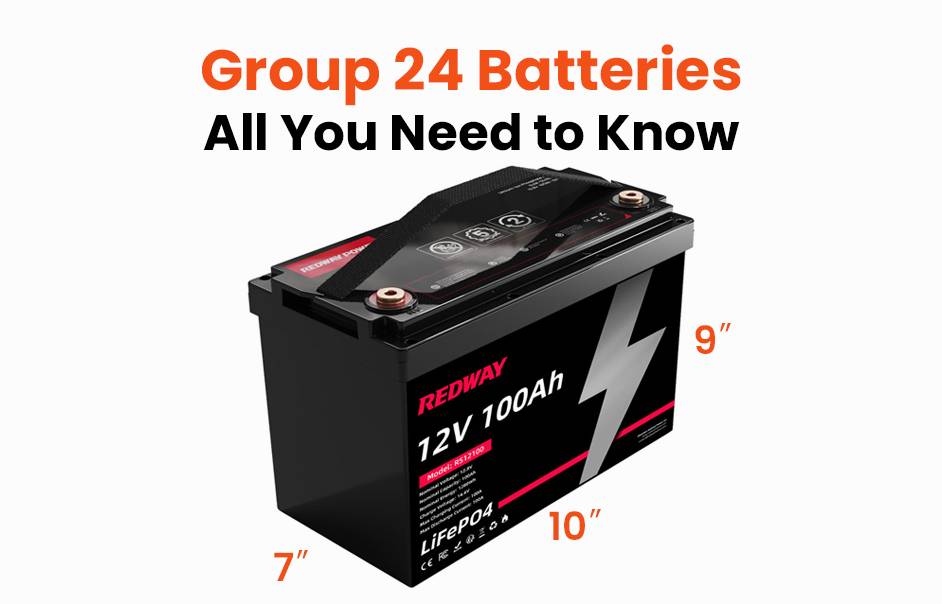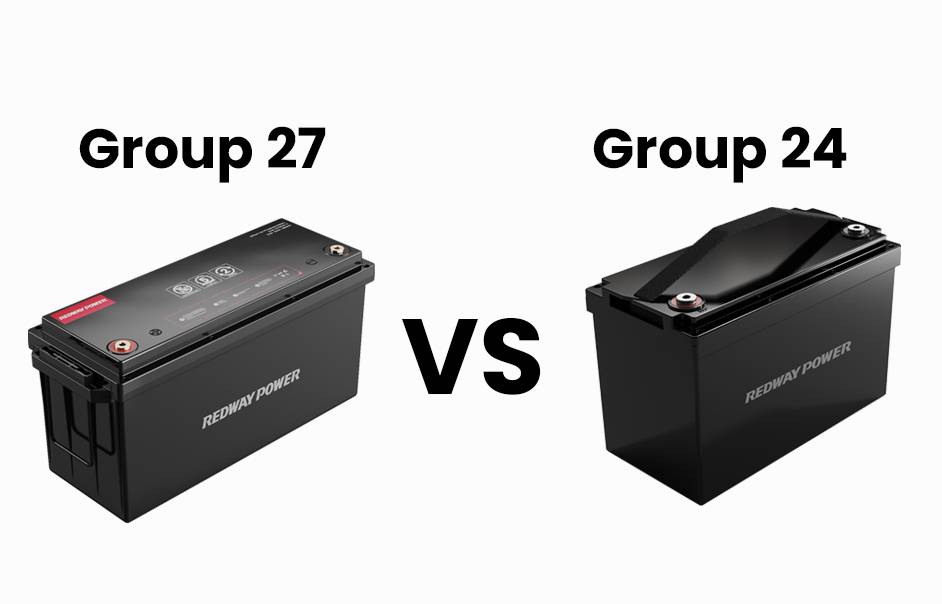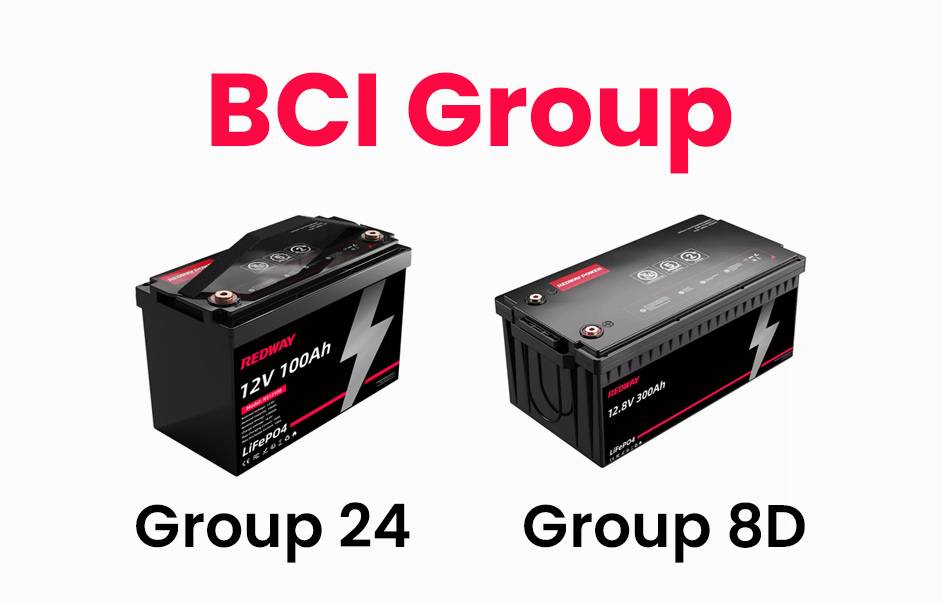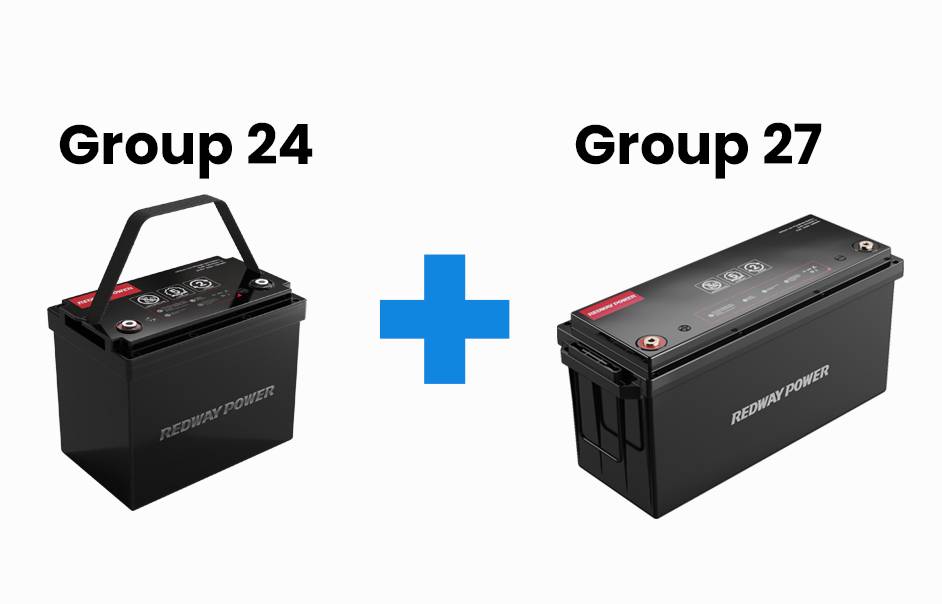Ah, the vast sea beckons adventurers, but reliable power is crucial for maritime escapades. Today, we delve into marine batteries, focusing on Group 24 and Group 27 options. But first, let’s unravel the mystery of marine battery group numbers. Join us on this electrifying journey!
Understanding the Group Number System
To select the right marine battery, grasp the group number system:
1. Size Specification: Group numbers signify battery dimensions like length, width, and height. For instance, Group 24 batteries are typically around 10×6.75×9 inches.
2. Terminal Placement: Group numbers also denote terminal arrangement. Batteries with terminals on opposite sides, like Group 24, are for starting purposes. Those with terminals on one side, like Group 27, are for deep cycling.
Understanding this system aids in choosing a battery that fits well and provides ample power for boating needs. Always prioritize selecting the appropriate marine battery for optimal performance on the water!
Group 24 Marine Batteries: Features and Benefits
Group 24 marine batteries are prized for their exceptional features:
1. Compact Size: Group 24 batteries are smaller, making them easy to install in tight boat spaces while still providing ample power and capacity.
2. Strong Performance: These batteries offer excellent cranking power, ensuring quick engine starts even in cold weather, crucial for marine adventures.
3. Deep Cycle Capabilities: Group 24 batteries can discharge power steadily over time without losing performance, perfect for running onboard electronics like fish finders and radios.
4. Convenient Features: Many Group 24 batteries offer multiple connection options and built-in handles or straps for easy installation and transportation, enhancing user convenience.
With their size, power, and versatility, Group 24 marine batteries stand out as reliable solutions for boaters’ energy needs, promising smooth sailing and dependable performance on the water!
Group 27 Marine Batteries: Features and Benefits
Group 27 marine batteries stand out for their impressive features:
1. Increased Capacity: These batteries boast a larger size, allowing for higher energy storage capacity, ideal for running multiple onboard devices simultaneously, from lights to refrigerators.
2. Durability and Deep Cycling: Group 27 batteries offer excellent durability and deep cycling capabilities, enduring repeated charging and discharging cycles without losing efficiency or lifespan, perfect for extended boating trips.
3. Reliable Starting Power: Equipped with advanced technology, Group 27 batteries ensure reliable starting power in harsh weather conditions, providing superior cranking amps and reserve capacities for smooth engine starts every time.
4. Low-Maintenance Design: With a maintenance-free design, Group 27 batteries require minimal attention, eliminating the need for regular water level checks or additions, while still delivering optimal performance.
Boat owners seeking reliability and longevity from their battery system will find Group 27 marine batteries to be an excellent choice, offering high capacity storage, durability for deep cycling applications, reliable starting power in any weather condition, and low-maintenance operation.
Key Differences Between Group 24 and 27 Marine Batteries
When comparing Group 24 and Group 27 marine batteries, several distinctions are worth noting:
1. Size: Group 24 batteries are typically around 10 inches long, whereas Group 27 batteries measure approximately 12 inches in length. This size difference impacts installation options on boats or watercraft.
2. Capacity: Group 27 batteries generally boast a higher amp-hour rating than Group 24 batteries, offering more power over extended periods. This makes them suitable for boats with greater energy demands.
3. Weight: Due to their larger size and higher capacity, Group 27 batteries tend to weigh more than Group 24 batteries, which are smaller and lighter.
4. Pricing: Group 27 batteries are often priced higher than Group 24 batteries due to their larger size and increased capacity.
Considering these differences is crucial for selecting the right marine battery based on your specific needs, space limitations, and power requirements for boating activities.
Factors to Consider When Choosing Between the Two
When deciding between Group 24 and Group 27 marine batteries, several factors should guide your choice:
1. Battery Capacity: Assess your power requirements based on onboard electronics and usage duration. If you need higher capacity, opt for a Group 27 battery.
2. Size and Fit: Ensure the battery fits your boat’s battery compartment or storage area comfortably without crowding other components.
3. Weight: Consider the weight of each battery and its impact on your boat’s balance and performance.
4. Price: Compare prices while prioritizing quality to ensure you get the best value for your investment.
5. Maintenance Requirements: Check for any specific maintenance needs, such as charging frequency or water levels, and choose accordingly.
6. Longevity: Evaluate the expected lifespan of each battery to determine its overall value over time.
7. Power Output: Assess whether you require higher starting power, where a Group 27 battery may offer an advantage over Group 24.
Ultimately, the right choice depends on your unique circumstances, including budget, electrical demands, and personal preference. Carefully consider these factors to make an informed decision for your boating needs.

